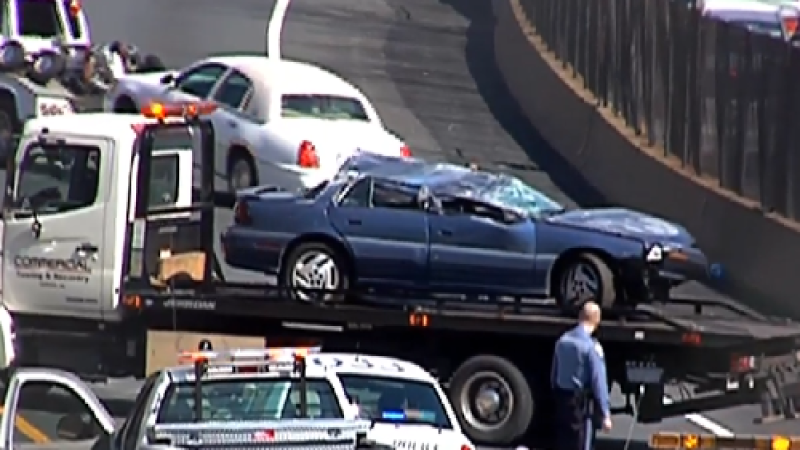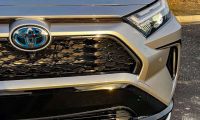Not many years ago a popular sport utility vehicle was having a little problem with resale to previous customers because it was killing them in rollovers before they could buy a new model. The manufacturer pointed to the tires as the problem, the tire maker pointed to the vehicle’s design as the problem and for many years not much happened.
The problem was ultimately solved in three steps. First, to make certain that underinflated tires could not cause these types of crashes, tire pressure monitoring became a mandated feature on all vehicles. Second, electronic stability control (ESC) became mandated on all vehicles to help save lives in a rollover by keeping them from rolling over in the first place. Finally, the roof strength was of our vehicles was improved, and this last step is due almost entirely to the efforts of the Insurance Institute For Highway Safety (IIHS). Here is why it matters and how they test for it.
In a rollover you can be killed two main ways. The most likely cause of death is to be ejected from the vehicle. If you do your chances of survival are less than 5%. If you stay in the vehicle your chances of living through the day are orders of magnitude better. Interestingly, roof strength contributes greatly to keeping you in the vehicle as it rolls. Matt Brumbelow, a Senior Research Engineer explains why a strong roof is so helpful to keeping an occupant in the vehicle during rollovers this way, “There are a few reasons it is important to have a strong roof in a rollover crash.
The main one is to keep the survival space, the occupant compartment intact.” He went to explain saying “You want to do this so there is room inside for the restraints to do their job. If the roof stays in place then the windshield and the side windows are more likely to stay in place as well and keep people in the vehicle.”
To test for roof strength the IIHS uses a roof crush machine that presses a steel plate into the corner of the roof where it meets the top of the A-pillar, the support that rises up from the corner of the roof to the hood. The machine measures the pounds of force it takes to deform (crush down) the roof 5 inches. The IIHS then creates a ratio of the roof crush force to the weight of the vehicle, which is of course also measured in pounds. In order to achieve a “Good” rating a vehicle must have a ratio of 4 to 1 or better. In other words a 4,000 pound vehicle would need to withstand 16,000 pounds of roof crush force.
Like many of the other parameters that IIHS now measures, this testing standard now drives vehicle design. All manufacturers strive to earn a “Top Safety Pick +” rating. In order to do that they now need to ensure the roof of the vehicle can help keep passengers inside the vehicle. Of course it is also important to keep the roof from deforming so much that the passengers are crushed under it, as is shown in the photo.
The new standard achieves this easily. The hard part was making roofs so strong that the overall integrity of the body shell stays more or less intact. Brumbelow says the effect of this test has been that “The test has made a huge difference in the roof strengths of vehicles that are on the road. As we came out with our test…manufacturers started redesigning vehicles very quickly, and we have seen a huge jump in the number of vehicles that we rate as good.” However it isn’t good lab test results that matter. Brumbelow went on to say “What we have seen is that when you take ESC, and combine it with a strong roof, better airbags, and seatbelt design, that the rate of dying and being injured in rollovers has gone way down.”












